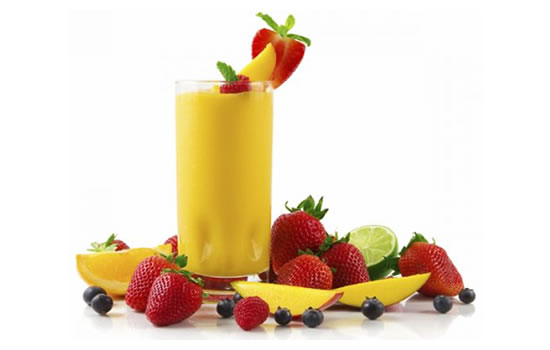When looking to upgrade the kitchen blender you want an appliance that has the power and performance to complete most blending jobs.
A well-chosen blender can chop ice, create drinks or blend food. Make sure to identify with the key characteristics before deciding on the best blender.
The majority of modern blenders comes with extra features like the ability to crush, whip, chop, and blend. Also, a variety of safety features and easy-to-clean design are well appreciated.
Below are several of the blender features to expect:
Controls
A high-end blender is certain to include a programmable keypad control. Beyond the ease in controlling this kitchen appliance, the keypads are highly desirable for making it easier to clean the blender since no minuscule crevices are there for food to get caught. A programmable control is great for those that want to simplify the blending process.
A mid-range to low-end blender is likely to include a pulse button, single flip switch, or push-button controls. If you would like more control over a specialized job, then the push button controls must be ideal; they offer just as many functions as seen on the higher end models. A blender with pulse-button or flip-switch controls is likely to be the most simple to use and operate, but these appliances are quite limited in relation to usability options.
Power
A significant aspect to consider in the shopping process for the perfect blender is likely to make to be power output, especially with the handheld blenders. Ideally, you want a handheld blender with a power rating of 100 watts or more. An immersion blender with a power rating at 100 watts is likely to be at the lower end of the market, and functions solely for mixing juices.
A high-quality countertop blender is likely to start with a rating in the region of 500 watts, which is sufficient for the most blender duties. It rarely benefits to invest in an appliance with a higher number of watts, since you aren’t likely to get much more performance, but you will certainly get a louder machine. A power rating of 300 to 500 watts is certain to be sufficient for making smooth purees and crushing ice.
Aesthetics
A significant quality to a countertop appliance is certain to relate to the overall look. A blender should be able to complement the other kitchen appliances, so if you have a kettle and toaster in brushed steel, you might want to look at getting a blender in the same construction material. A stainless steel, glass, or plastic container is the more common choices. Plastic is certain to be the least expensive, but highly likely to become scuffed and scratched, as well as retaining the food smells.
A cool and sleek look is achieved with the stainless steel models, but this can present difficulties in seeing the blending process since the container isn’t transparent. A glass jar is likely to be highly desirable for many, and comes in a very strong and difficult to break material. Plus sides of the glass container include the see-through construction and the ability to avoid retaining food smells. Also, the glass is quite weighty and able to keep the blender steady and stable while the motor is in operation.

Speak Your Mind